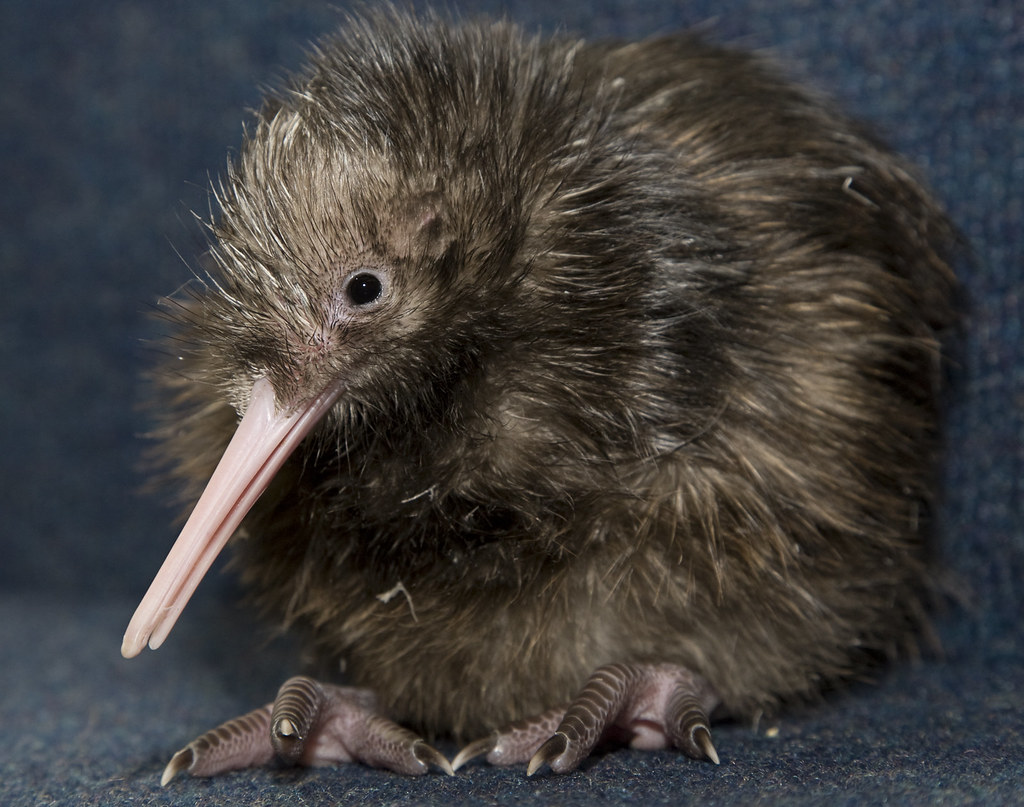– Introduction to the Kiwi Bird: An overview of New Zealand’s flightless treasure
– Physical Characteristics and Behavior: Insights into what makes the Kiwi Bird distinctive
– Habitat and Distribution: How geography and environment shape the life of the Kiwi
– Conservation Efforts: The challenges and successes in protecting this iconic species
– The Role of Zoos and Wildlife Management: Supporting Kiwi conservation through expertise and public engagement
The Kiwi bird, New Zealand’s iconic flightless wonder, symbolizes the nation’s rich biodiversity and commitment to conservation. This article delves into the intricate details of the Kiwi bird, discussing its physical characteristics, behaviors, habitats, and the concerted efforts required to ensure its survival amidst threats to its natural environment. By exploring these elements, readers will understand the Kiwi bird’s significance comprehensively, both as a species worthy of admiration and as a conservation icon.
Introduction to the Kiwi Bird: An Overview of New Zealand’s Flightless Treasure
Distinguished by their inability to fly, Kiwi birds are a fascinating study of adaptation and survival in the isolated ecosystems of New Zealand. These birds have evolved unique features and behaviors to navigate their environment’s challenges. Despite their small size, Kiwi birds possess immense cultural and conservation importance, serving as a focal point for New Zealand’s wildlife protection efforts.
Physical Characteristics and Behavior: Insights into What Makes the Kiwi Bird Distinctive
Kiwi birds exhibit various features that distinguish them from other bird species. They are notable for their long beaks, equipped with sensitive nostrils at the tip, allowing them to detect prey beneath the soil’s surface. This adaptation is complemented by a keen sense of smell, rare among birds, which guides them in nocturnal foraging. Kiwis are also known for their large eggs, which are the biggest in proportion to the body size of any bird species and demand considerable parental investment.
Behaviorally, Kiwi birds are nocturnal and spend their days hidden in caves or dense vegetation. They are solitary outside of mating pairs, showcasing a territorial nature. Their calls, unique to each gender and individual, pierce the night, facilitating communication between mates and signaling territorial boundaries.
Habitat and Distribution: How Geography and Environment Shape the Life of the Kiwi
The Kiwi bird’s habitat spans New Zealand, from subtropical forests to alpine regions. However, its populations are dense in areas offering ample protection from predators and rich in the invertebrates that comprise its diet. Human activity’s fragmentation of these habitats presents significant challenges to Kiwi survival, necessitating targeted conservation efforts.
Conservation Efforts: The Challenges and Successes in Protecting This Iconic Species
Conservation efforts for the Kiwi bird incorporate a multifaceted strategy, addressing threats from habitat loss, predation, and human encroachment. Programs like “Operation Nest Egg” and predator control initiatives have shown promising results in bolstering Kiwi populations. These efforts highlight the importance of scientific research and community involvement in wildlife conservation.
The Role of Zoos and Wildlife Management: Supporting Kiwi Conservation Through Expertise and Public Engagement
Zoos and wildlife management organizations play a pivotal role in Kiwi bird conservation. These institutions are at the forefront of efforts to preserve Kiwi birds for future generations by providing sanctuary for vulnerable populations, conducting breeding programs, and facilitating research. Public education campaigns further enhance these efforts, promoting awareness of the Kiwi bird’s plight and the actions necessary to protect it.
In exploring the details of the Kiwi bird’s life, from its unique physical attributes and behaviors to the challenges it faces in the wild, it becomes clear that this bird is more than a symbol of New Zealand. It is a testament to the resilience of nature and the critical importance of conservation efforts. As we continue to learn about and work towards preserving the Kiwi bird, we are reminded of our broader responsibility to protect the natural world and the diversity of life it harbors. Through dedicated conservation initiatives and broad public support, there is hope for the Kiwi bird’s continued survival, ensuring it remains a cherished part of New Zealand’s natural heritage.


